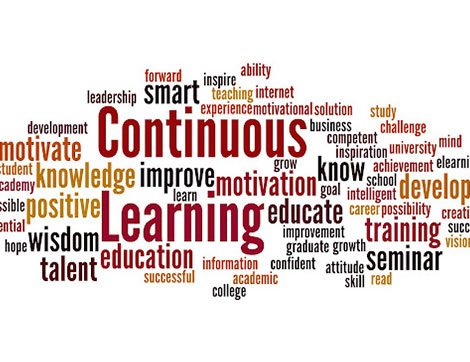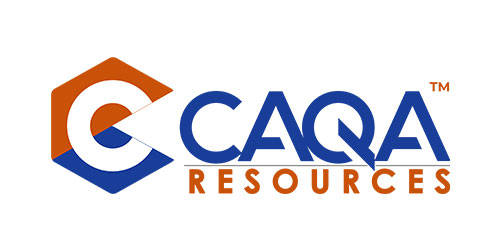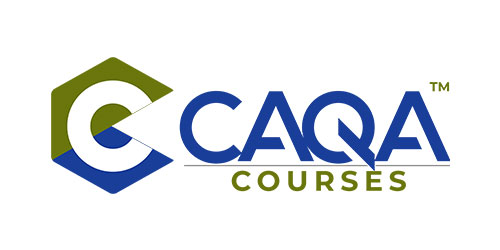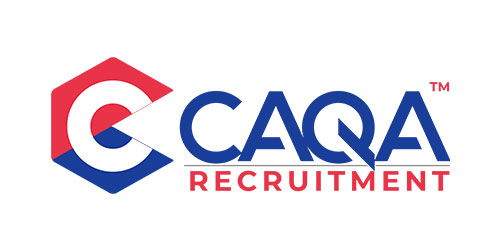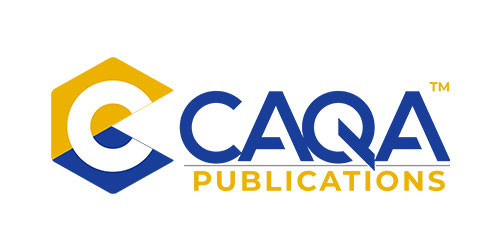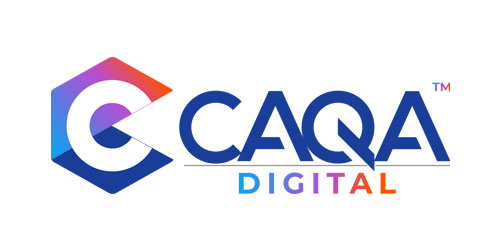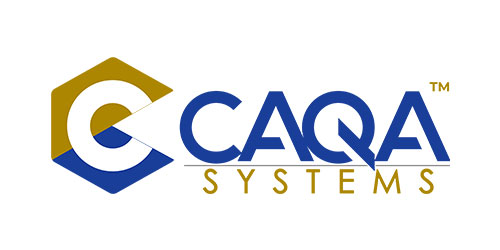
News
There are five key principles of giving effective feedback:
- Respond quickly
- Give them context
- Provide examples where they are good at or need to improve
- Explain why you made the comment
- Give them an opportunity to respond
Before you go ahead, you need to set benchmarking criteria to evaluate your learners. All of them should be evaluated on the same criteria, not according to your mood on the day or personal preferences.
When giving feedback, you should clearly establish if a learner has demonstrated competency or a learner has not demonstrated competency according to the set assessment criteria. If a learner has not demonstrated competency then provide them comprehensive feedback where they can and they should make changes. If a learner has demonstrated competency then you need to be careful regarding what comments you include on assessment records and observation checklists.
Do not say “good work”!
This is the most common feedback that is given to the learners. It might sound like a nice thing, but it is actually more harmful than good. When you say good job, they think that you are praising them for their work whether it is right or wrong. They think that they are done with the task and this will make them complacent and less motivated to learn more.
Give examples where they are good at!
When you give examples of what the learner did well, they feel happy and confident about themselves. You can ask them how they solved a problem or provide an answer correctly – which will make them understand how to improve themselves in other areas as well. This kind of feedback also provides evidence of their success and helps them in self-development. Moreover, it’s a great way to encourage your learners to continue working hard.
Provide a list of keywords or phrases which the learner will use to self-assess their performance and improve their knowledge and skills. For example, The learner should have been able to identify the following xxx from this task and so on.
How feedback affects your learners
Quality feedback is one of the most important aspects that can help learners to improve their performance. It helps them to be aware of their strengths and weaknesses and gives them a direction as to what they should focus on.
There is no such thing as a black and white answer but you need to be creative in your approach. There are a number of factors that affect how you give feedback which include:
- The learner’s past experience or knowledge about the topic
- The learner’s current mood
- The more time you spend with the learner
- Your own personality
What should you consider when giving feedback:
Feedback is a crucial element of any form of learning. It is the only way to know what the learners are doing well and what they need to improve on.
The best way to provide feedback is to give constructive criticism. This type of feedback has the power to transform your learners, and help them improve their skills.
Studies have shown that when criticism is predominantly negative, it might discourage learners from putting in their best effort and achieving their goals (Hattie & Timperley, 2007, Dinham).
It is vital to give feedback in order to make your learners know what their performance levels are in different areas. It is important to mention where they are good at, where they need to improve, and the reasons behind it.
Feedback should be focused on the learner’s progress rather than his or her abilities or skills.
You must consider the following four key considerations when giving feedback:
- What exactly is it that the learner is able to do?
- What exactly is it that the learner is unable to do?
- What is the learner’s work like in comparison to other learners’ work?
- What can the learner do to improve his or her performance?
Modelling good behaviour by providing constructive feedback about your learners’ performance.
When giving feedback, you must recognise and understand the difference between where your learners can improve and what is considered as competent or not yet competent. You cannot and should not give a learner paragraphs of what they did wrong against the set criteria of evaluation/assessment and then make them competent in the same task.
Unfocused comments
Unfocused comments are generally found to be scattered, unfocused, and often cause confusion. These comments are also more personal in nature rather than learner-centred.
When giving feedback to learners, it is important to make sure the comments are relevant and not unfocused.
Some examples of unfocused comments:
- The sentence structure was too complicated and confusing.
- I don’t like this sentence because it seems like you’re trying to sound smart and it’s not working.
- This paragraph is irrelevant and makes no sense.
- This is adequate
- You should be careful regarding
Dismissive, sarcastic comments
The following are examples of dismissive, sarcastic comments to your learners as feedback:
– “This is so much better than the last one.”
– “Ok, you got this.”
– “This is copied from the lecture.”
Feedback can be perceived as passing the buck.
When you’re giving feedback to your learners, it’s important to be constructive and specific.
Feedback that passes the buck is just as bad as no feedback at all. It’s important to give your learners constructive, specific feedback so they know what they need to work on. For example: “I noticed you spoke really quickly.” or “I think you could work on your pronunciation.”
Lets now focus on some examples of good feedback
Example 1: Where resubmission is required
Answering question number 2 of assessment 1 required you to identify three different items, and the items were A., B, and C. B and C, you’ve covered all three points, but B should include this XXXXXXXXXXXXX information as well. Can you please submit this question again?
Example 2: Where a student has demonstrated competence
Answering question number 2 of assessment 1 required you to identify three different items. The items were A, B, and C and you’ve covered all three points with the correct information, well done.
Another example could be
When answering question 3 in the project you have shown your depth of understanding and knowledge. Your research skills have provided you with the knowledge to provide the correct information.
 1800 961 980
1800 961 980 info@careercalling.com.au
info@careercalling.com.au


